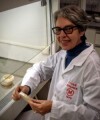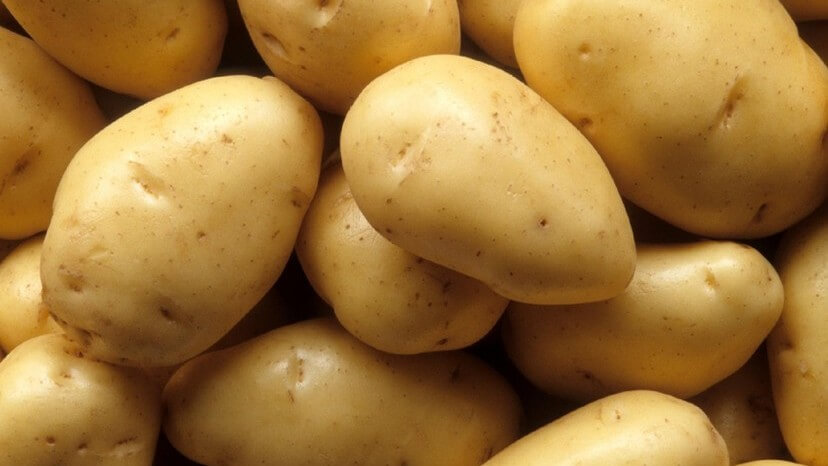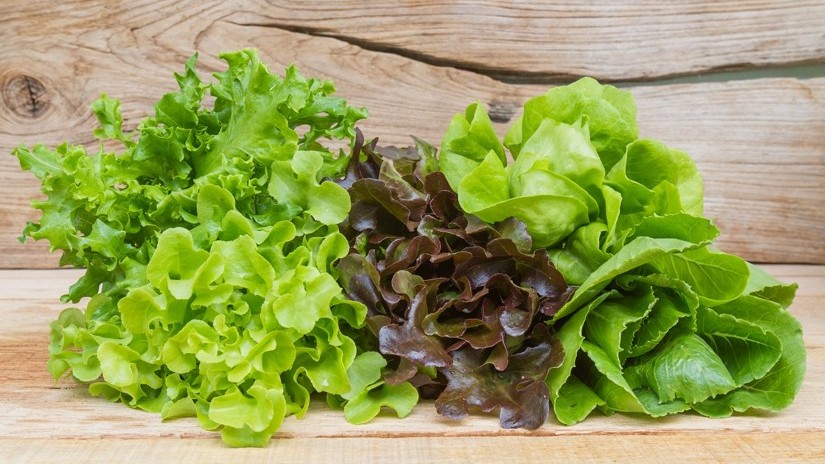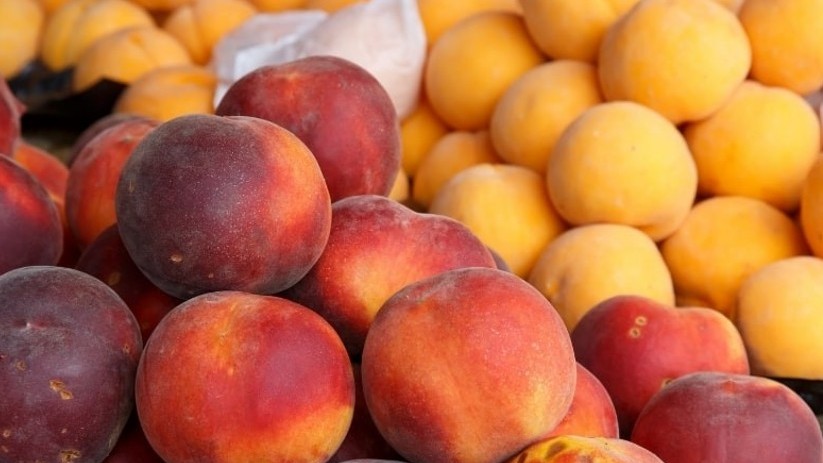Deepening the Understanding of the Alternaria Fungus
Understanding the Alternaria fungus and its interactions with the host will enable the development of new control strategies
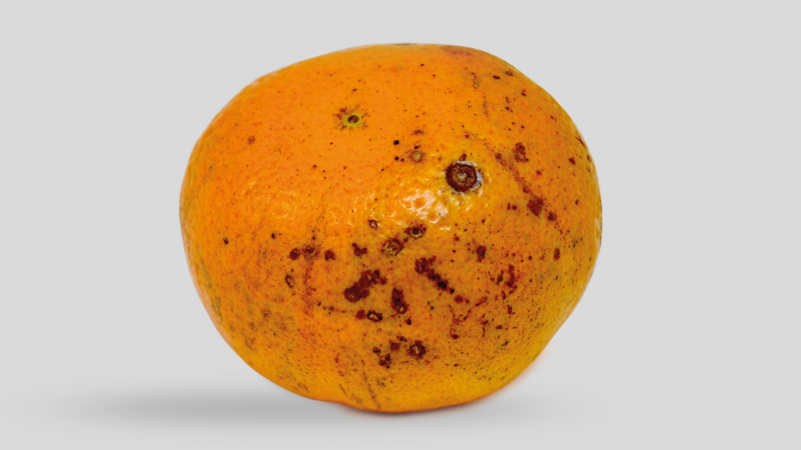
Pathogenic fungi stand as the most destructive biotic stressors in agriculturally significant crops, causing substantial yield losses both in the field and during post-harvest stages. Recent data reveals that approximately 8,000 species of pathogenic fungi are responsible for plant diseases, leading to an estimated 10% annual agricultural production loss.
Moreover, the escalating pace of climate change fosters the emergence of new crop pathogens in novel locations. Consequently, there's an urgent need to devise disease management strategies employing current and next-generation biotechnology techniques so that modern agricultural systems ensure global food security and economy (FAO, 2018).
Necrotrophic pathogenic fungi within the class Dothideomycetes, exhibiting ecological diversity, have become prominent in recent decades, causing global economic losses in vegetable, grain, and fruit yields. Several well-known genera of Dothideomycetes include Alternaria, Pyrenophora, Cochliobolus, Mycosphaerella, Leptosphaeria, and Parastagonospora.
The Genus Alternaria
The Alternaria genus poses a serious threat to horticultural and fruit crops. Furthermore, it has gained global attention due to its capacity to produce abundant mycotoxins, posing a significant food safety issue.
Most economically vital crops lack adequate resistance to diseases caused by pathogenic Alternaria species, and developing resilient and enduring cultivars through traditional breeding is challenging due to the scarcity of germplasm resistant to this fungus.
Moreover, fungicide application, a common method to control diseases caused by Alternaria spp., is detrimental to the environment and is a primary driver behind the emergence of resistant strains.
New Techniques for Enhanced Fungal Understanding
It's crucial to adopt a holistic approach to comprehend the pathogenesis mechanisms at the molecular, physiological, and biochemical levels of Alternaria, along with the associated regulatory networks, to develop precise and sustainable preventive measures.
Presently, "omics" biotechnological techniques enable the exploration of new frontiers in interactions between Alternaria and the host to identify key target genes that underpin disease resistance in economically significant crops.
Through genome editing, next-generation sequencing, RNA interference, and artificial microRNAs, it's plausible to address the diagnosis of Alternaria infection and design control strategies.
 Graphical abstract. Source: Ali et al.
Graphical abstract. Source: Ali et al.
CWDs = cell wall-degrading enzymes
HSTs = host selective toxins
Source
Ali, S.; Tyagi, A.; Rajarammohan, S.; Mir, Z. A.; Bae, H. (2023). Revisiting Alternaria-host interactions: New insights on its pathogenesis, defense mechanisms and control strategies. Scientia Horticulturae, 322: 112424. https://www.sciencedirect.com/science/article/abs/pii/S0304423823005939
Picture


